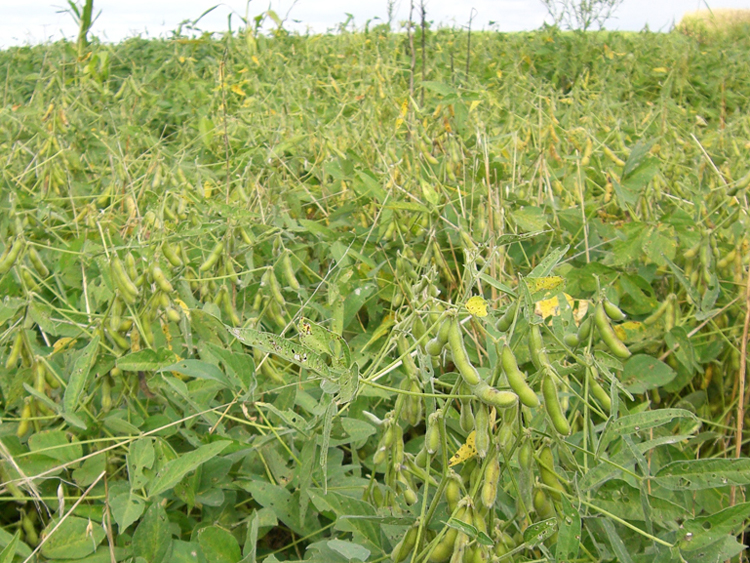Soybean: Hidden Treasures
APA Collections Update from Noriko Sanefuji:
What comes to mind when you hear about soybeans? Many people may think of foods such as tofu. The museum recently collected objects from a tofu shop founded in 1917 by Japanese immigrants Eizo and Tsuyo Honda. Located in Wahiawa, Hawai`i, Honda Tofu is one of the oldest tofu businesses in the U.S. After corn, soybeans are the second largest crop in the U.S. market.
The soybean was commercially introduced to the U.S. market around 1915 from East Asia—mainly from China, Korea and Japan. I recently came across these soybeans from The Panama Pacific International Exposition which was a part of the 1915 World’s Fair held in San Francisco, California. My colleague came knocking on the door for assistance in translating the label. My former intern from China and I played a role in translating. The soybeans pictured on the right are from China.
Is it a coincidence that it dates back to 1915? What kind of role did the Smithsonian play in acquiring these soybeans? It provides us with a window of opportunity to look into the historical significance of the soybean. Who were the people involved? What were their motivations?
Soybeans in the U.S. are not only consumed by humans and animals, but they are also used to make many other products. Thus, the soybean is a critical product in the agricultural economy today.




Discussion